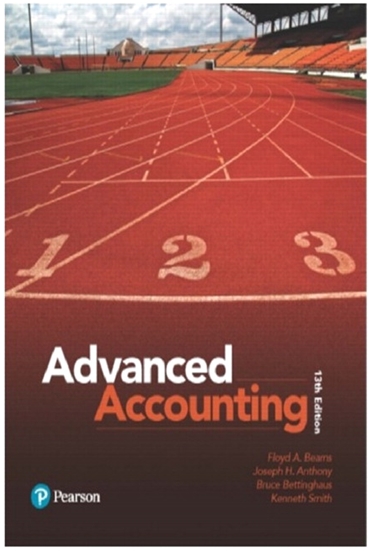On January 1, 2016, Cam borrows $400,000 from Ven. The five-year term note is a variable-rate one
Question:
Also on January 1, 2016, Cam decides to enter into a pay-fixed, receive-variable interest rate swap arrangement with Gra. Cam will pay 8 percent.
Assume that the LIBOR rate on December 31, 2016, is 5 percent.
1. Why is this considered a cash-flow hedge instead of a fair-value hedge?
2. Do you think that this hedge would be considered effective and therefore would qualify for hedge accounting?
3. Assuming that this hedge relationship qualifies for hedge accounting:
a. Determine the estimated fair value of the hedge at December 31, 2016. Recall that the hedge contract is in effect for the 2017, 2018, 2019, and 2020 interest payments.
b. Prepare the entry at December 31, 2016, to account for this cash-flow hedge as well as the December 31, 2016, interest payment.
4. Assuming that the LIBOR rate is 5.5 percent on December 31, 2017, prepare all the necessary entries to account for the interest rate swap at December 31, 2017, including the 2017 interest payment.
Fantastic news! We've Found the answer you've been seeking!
Step by Step Answer:
Related Book For 

Advanced Accounting
ISBN: 978-0134472140
13th edition
Authors: Floyd A. Beams, Joseph H. Anthony, Bruce Bettinghaus, Kenneth Smith
Question Posted:





